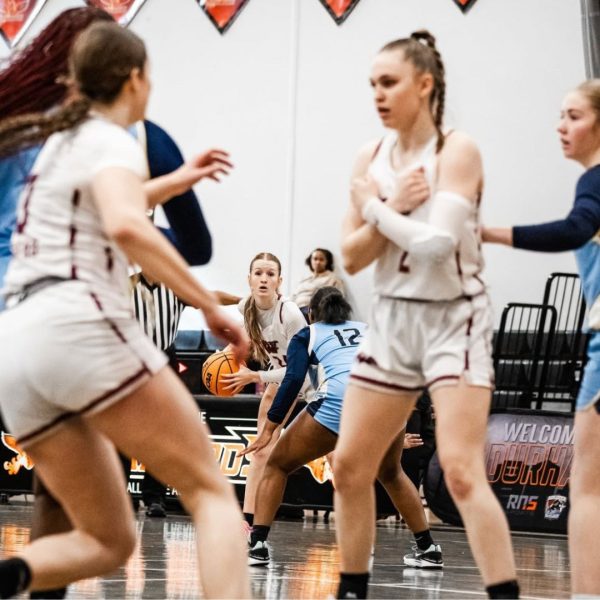ESPN layoffs raise questions about the state of traditional media
On April 26, approximately 100 employees were laid off from ESPN. The most valuable sports network in the world terminated the employment of some of its top on-air talent. However, quality of work was not one of the factors that was considered when the decisions concerning the layoffs were made. This incident raised questions about the current state of ESPN, a traditional sports media mogul. Despite falling subscriber numbers, the layoffs had little to do with dissatisfied viewers. They were the result of a rapidly evolving world in which new forms of media are being introduced, risky financial decisions, and a refusal to change.
Currently, ESPN charges over $7.21 per month for cable and satellite customers. That is more than any other sports network by about $6, and it is also more than any television network in general. According to Awful Announcing, this gives ESPN a $6.7 billion advantage over their closest competing network. The only problem with this is that not as many people are subscribing to cable companies as in the past. ESPN has lost 12 million subscribers in the past six years, according to Business Insider. This loss is due to the trend of cable cutting that is changing the media world. People are beginning to leave typical cable companies because they can watch the same shows elsewhere for a cheaper cost, such as Netflix, Hulu, and Sling. People are still watching ESPN, but they are not paying the enormous monthly cost that they used to. Not only is ESPN losing a major source of profit, they are also making large spending decisions.
Recently, ESPN has been investing large sums of money into the TV rights for particular sports. One of the most popular sports in the United States is the NBA, and ESPN and TNT currently share the broadcasting rights for the league. However, in an effort to renew their contract with the NBA in 2014, ESPN almost tripled what they currently pay. According to Deadspin, ESPN went from paying $930 million annually to paying $2.6 billion per year for the right to broadcast NBA games. According to the Wall Street Journal, ESPN also spent $5.64 billion on the broadcasting rights for the College Football Playoff. Anytime a company spends a large amount of money they are taking a risk, but these risks clearly aren’t working out. In fact, ESPN was showing signs of being unable to afford its talent well before the layoffs took place. Since 2015, ESPN has been outbid by competitors for three of their top talents, according to the Chicago Tribune. Skip Bayless, Colin Cowherd, and Mike Tirico all have joined rival sports networks for more money.
While ESPN’s spending on broadcasting rights contracts are becoming outrageous, their live sports broadcasts still have solid ratings. A larger problem for ESPN is the declining ratings of their flagship program, SportsCenter. SportsCenter is ESPN’s most popular show that is centered around showing highlights from games the night before. The problem with this format is that people no longer need a TV show for sports highlights. Anyone can go on Twitter, Instagram, YouTube, or any other social media network and find the same exact highlights that would be on SportsCenter. According to Business Insider, one of the main focuses of these layoffs is to save SportsCenter. ESPN either needs to change the content of SportsCenter from highlights or find another program to take its place.
ESPN is hurting for a multitude of reasons that are largely influenced by changes in media technology. The good news is that they can still turn things around. If ESPN changes to a more digital than cable format, it will not have to rely on cable subscriptions anymore. Also, ESPN can revive SportsCenter if they change the focus of the show from highlights to something that cannot be accessed elsewhere.











Peter • Jun 4, 2017 at 2:20 pm
In 2014, all the sign of cord cutting were already there, but Disney dismissed them as inconsequential. Subsequently, ESPN continued to overpay for broadcast rights in an effort to corner the sports market. Pure hubris. It’s unfortunate for the talent, now out of work, that their bosses are so slow to react to rapid shifts in media consumption.
Cortelius Engstrom • May 10, 2017 at 9:55 pm
Dope article! Yall been talking but this article right here is the goat. This writer is the truth.
-Cortelius Out.